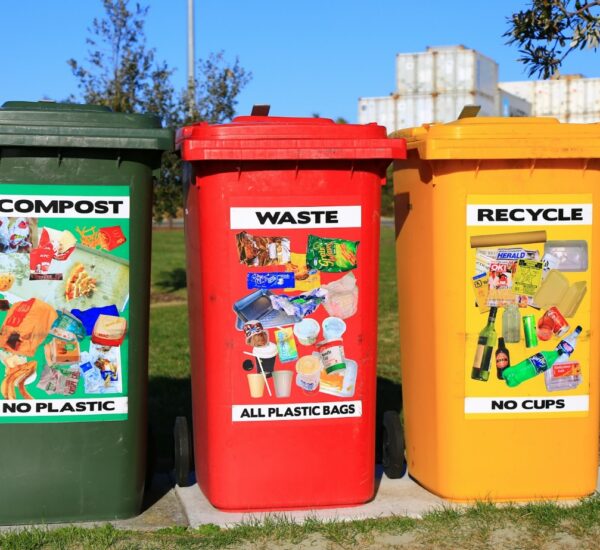“Recycling. Ho hum. Everybody does it, but what difference does it make? That was my original reaction … How wrong I was! …Recycling has morphed into a new concept called “Zero Waste” and suddenly…’recycling’ is posing a fundamental challenge to ‘business as usual.’ Zero Waste has the potential to motivate people to change their lifestyles, demand new products, and insist that corporations and governments behave in new ways. This is a very exciting development.”
– Peter Montague, director of the Environmental Research Foundation
Solid waste is essentially garbage: waste produced in our homes, businesses and some industrial sources. Solid waste production in this country is growing in volume and in toxicity. More and more of our everyday products contain toxic chemicals, such as mercury or PBDEs (flame retardant chemicals), and these toxic products are combined with a plethora of other chemicals, which eventually impact public health and the environment. There are numerous solid waste facilities in New England, including landfills, incinerators, and a growing number of transfer stations. Many of the older facilities run by municipalities have been closed down because of environmental concerns, paving the way for the waste industry to market their “state-of-the-art” management and facilities.
We Produce Too Much Waste
In 2007, Americans threw out about 570 billion pounds of municipal solid waste. Compared to other nations, the United States has a record of generating waste at an alarming rate. Home to only 4% of the global population, we are responsible for more than 30% of the planet’s total waste generation. Each American discards an average of more than 1, 650 pounds of garbage every year, or approximately 4.6 pounds per person each day, nearly double the 1960 average of 2.7 pounds per day.
Municipal Solid Waste Generation Rates, 1960 – 2007
(U.S. Environmental Protection Agency. Municipal Solid Waste Generation, Recycling and Disposal in the United States: Facts and Figures 2007. Table 3: Materials Discarded in the Municipal Waste Stream 1960 to 2007.)




